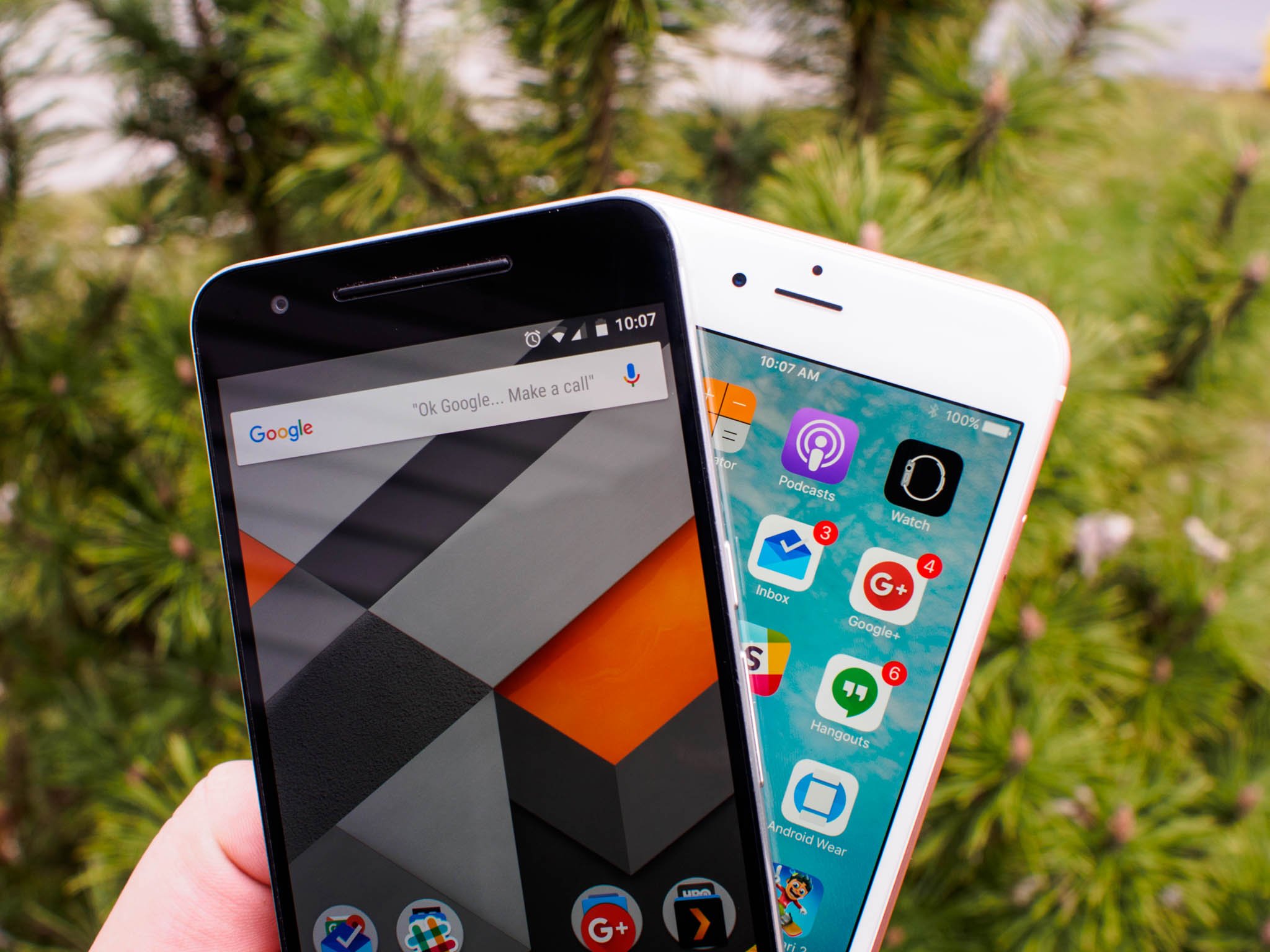We really don't need a 'Switch to Android' tool from Apple

Anytime Apple does something that isn't an immediate and obvious product to draw users deeper into the Apple hardware ecosystem, people get excited. Apple does some great stuff, but the Apple experience only really works when you go all in and set yourself up with Apple everything. This is one of several reasons recent headlines about some kind of external pressure leading to a tool from Apple allowing for easy migration to Android really shouldn't have ever been taken seriously, but there's something way more important to keep in mind when thinking about this whole scenario.
New Android users don't need a "Switch to Android" tool from Apple — unless you count that fix for iMessage breaking things horribly — because those tools have existed for years already. And they're already really well done.
The truth is iPhone users have been switching to Android for years. The only reason any of this is getting any attention right now is because Apple made a "Switch to iPhone" app and put it in the Google Play Store. We'll step right over the fact that Apple would never in a million years allow any Android manufacturer to do the same in the App Store, but a few months after the app was published we saw headlines claiming Android users were switching to the iPhone in droves. It turned out that information was not only inaccurate, but that more iPhone users were switching to Android in the same timeframe. There has been no mass exodus on either side, though. It's just the regular, predictable churn of users trying something new.
Besides, where else would they go?

So we already have lots of iPhone users trying something new, and Android is almost always the flavor they switch to. These users aren't leaving their iOS data behind, and they aren't screaming from the rooftops about how difficult it is to switch from one platform to another, and that has everything to do with the utilities that are already in place.
- Google products sync effortlessly — If you're already using any of the 20-plus Google apps on your iPhone, you'll find that as soon as you log in on your Android phone that data already is at your fingertips. This includes contacts, email, photos, and documents, depending on the apps you use. It's all already there, no need for a clumsy sync tool to do transfer things for you.
- Creating a Google account is easy — Google's services aren't hardware-dependent; they mostly work everywhere. Even if you've never used Google for anything other than search, creating an account and choosing what information you want to pull from your iPhone couldn't be easier, and works really well for users who don't want to haul every single thing from one system to another.
- Almost every manufacturer has a migration tool — As part of the setup process for just about every Android phone, there's a section for importing contacts and photos from another phone. These tools are built for transferring from just about any phone, and while they vary slightly in functionality the process for each is simple enough that you aren't usually spending more than a few minutes to complete a migration. The best by far is Samsung's Smart Switch, which among other features includes a hardware-based transfer system that will allow for the fastest migration.
As you can see, the tools already exist. It has never been easier to switch from an iPhone to an Android phone, and it's clear from the number of users that switch back and forth every year that there's really not much to separate the basic functions of these two operating systems anymore. In the end, people are going to use what works best for them, and every once in a while giving something new a try is bound to happen. That doesn't mean it's the end of either platform, and it certainly doesn't mean Apple is going to start doing anything that doesn't immediately result in more people moving to their hardware ecosystem.
Get the latest news from Android Central, your trusted companion in the world of Android

